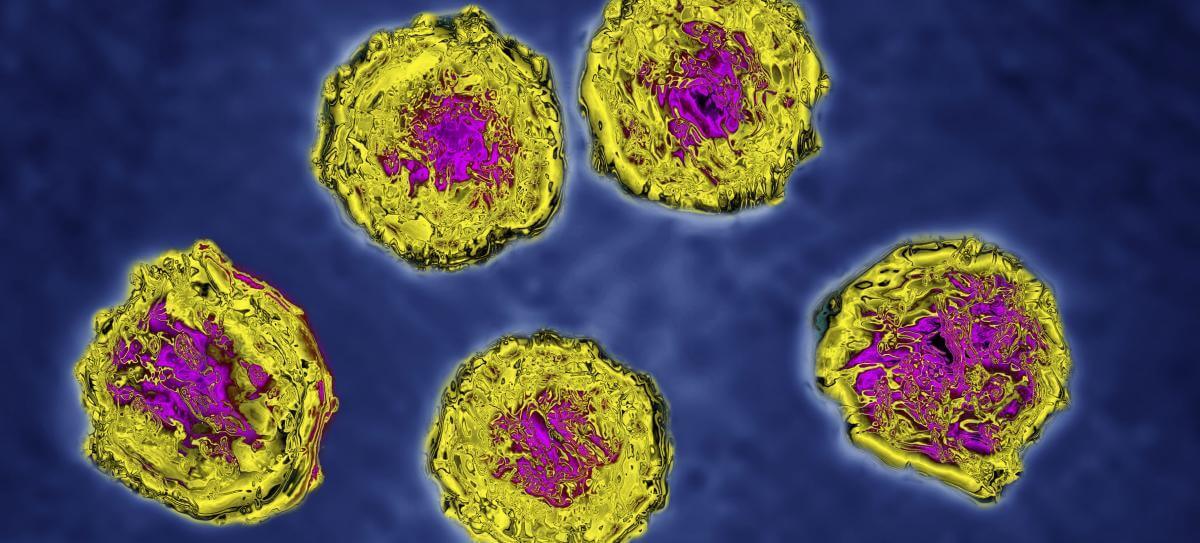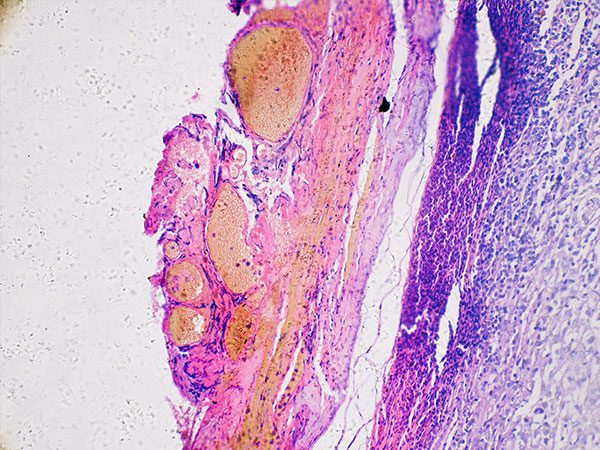Meet the Common Viruses Now Used to Help Combat Cancer

Common viruses are now being engineered to seek out and destroy cancer cells.
Herpes, the virus behind the common cold sore, is moving up in the world. Thanks to scientific engineering, it’s no longer just a nuisance virus but also the latest weapon in the fight against cancer.
Last fall, in a first-of-its-kind move, the Food and Drug Administration approved a genetically-engineered herpes virus to treat late-stage melanoma, the deadliest form of skin cancer. It was the first oncolytic virus therapy to win such approval and marked a major moment for the promising new class of drugs that rely on viruses to preferentially attack cancer cells, while at the same time stimulating the body’s immune response against the tumor.
Oncolytic viruses fall under the umbrella of immunotherapy, a dynamic area of cancer treatment that has advanced rapidly in recent years. (Given its momentum, the field has even attracted unexpected supporters such as Napster co-founder Sean Parker, who recently donated $250 million to a new cancer immunotherapy research center.) Unlike chemotherapy, which attacks both cancer cells and healthy tissues, immunotherapies stimulate the body’s own immune system to destroy cancer cells, while sparing healthy cells.
A Future Pillar of Cancer Therapy
“Immunotherapy is one of the most important advances in cancer therapy,” said Chris Boshoff, vice president and head of Early Development, Translational and Immuno-Oncology at Pfizer. “In the bigger picture of defeating cancer, immunotherapy will become one of the pillars of cancer treatment, along with targeted therapy, radiation, chemotherapy, surgery and other approaches.”
As early as the 1900s, scientists observed that viruses could kill cancer cells. In 1904, an Italian woman diagnosed with cervical cancer had the added misfortune of being bitten by a dog. After she received the rabies vaccine (a weakened form of the rabies virus), however, something surprising happened: her large tumor disappeared and she lived cancer-free for another eight years.
Despite these early discoveries, the field remained dormant for decades. But in the early 1990s, two breakthroughs revived interest in oncolytic virus research. Scientists discovered how to genetically alter the herpes virus so a patient would not become ill with the infection. They then learned how to modify its genes so it could replicate within cancer cells, optimizing its cancer-fighting abilities.

Which Viruses Might Best Fight Cancer?
While a genetically-modified herpes virus was the first to be established as an FDA-approved oncolytic virus therapy, scientists are exploring the cancer-fighting potential of other well-known viruses, such as polio, rabies and adenovirus (which causes pink eye). These kinds of viruses are good candidates for oncolytic therapies because they’re already well understood and are relatively harmless when modified. “We have significant experience and molecular tools helping us to manipulate certain viruses, including herpes and adenoviruses to delete and insert genes,” said Boshoff.
These advances are promising, but challenges persist. In some cases, the body’s immune system destroys these viruses before they can attack the tumor. Delivering the virus to the cancer site is another challenge. Currently, oncolytic viruses are injected directly into the tumor location, but Boshoff sees the next generation of these cancer fighters being able to circulate throughout the body and target wherever tumor cells have spread.
Raising an Arsenal of Nimble Fighters
“Looking ahead,” he said, “Oncolytic viruses possibly offer the most potential as a combination therapy, working in concert with other treatments, including checkpoint inhibitors, which release the brakes on immune cells in the tumor microenvironment. Currently, however, checkpoint inhibitors are only effective in some patients.”
Indeed, the future of cancer therapy will not rest on a single type of treatment, but rather on an arsenal of nimble fighters deployed to outsmart the disease. “We don’t see it as something that’s going to dominate cancer therapy, but it will have a role within the paradigm of treatment,” added Boshoff. “In ten years, most patients will have immunotherapy as part of their cancer treatment; and oncolytic viruses could form part of this arsenal.”






